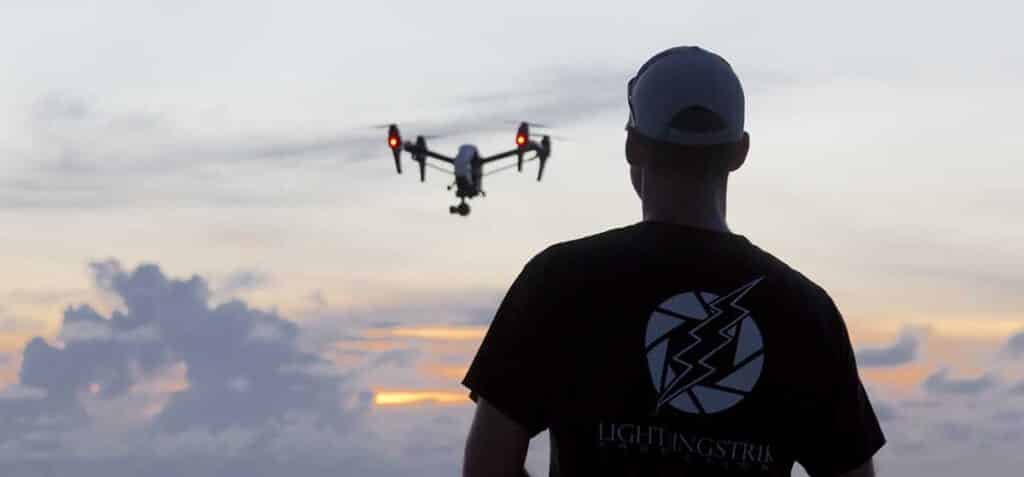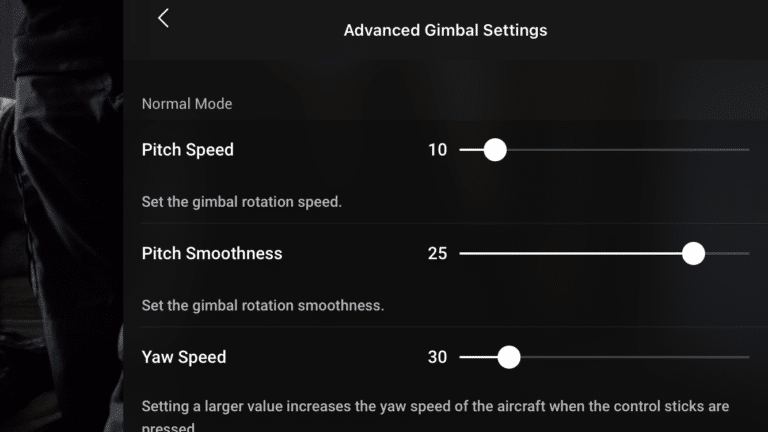Drone Pilot Jobs
Making drone flying your career
With modern technology driving drone development, there are a multitude of ways now to make flying drones your career.
Here’s a list of some drone applications:
- Drone filming for TV or Films
- Drone mapping for digital applications, volumetric mapping , 3D or 2D digital twin production.
- Real Estate Drone filming and Photography
- Military drone use
- Agricultural analysis, forestry, crop health etc
- Surveillance
- Search and rescue
- Thermal imaging (home insulation)
- Construction site appraisal
- Toxic gas detection
- LIDAR and topographic applications
- Medical supply delivery
Specialisation in the payloads combined with the Drone qualifications you need to fly the platform will lead to a specialist career in drone flying.
Think outside the box and study the science involved.
Building a career as a Drone pilot
To be a professional is to be: “a person competent or skilled in a particular activity”. A career is making a full time earning job out of that work. How do you make being a drone pilot your career?
This is where you find out.
Being successful as a drone pilot comes from realising the niche that they fill and exploiting that whilst delivering the best possible service.
We looked at the many uses of drones here. But in this post I want to look at what it takes to be a professional.
I’m going to break it down into 4 main categories:
- Theory, license, drone rules
- Setup your drone
- Specialist drone shots and filming
- Applications to make flying drones a profitable business.
Producing world class aerial footage is one thing, and we will get to that soon. The first thing you need to become a professional drone pilot is to be safe.
Safety comes from education. Nobody wants an accident or a situation that endangers anyone.
1. Theory; Get a Drone License, be responsible, be professional.
In the UK, and across most of the world, there are simple to follow drone rules, guidelines to help pilots fly safely.
In general:
- Please avoid flying higher than 120m or 300ft
- Do not fly whilst under the influence of alcohol or drugs
- Avoid flying over large crowds or too close to people
- Do not fly over busy roads. Drones distract drivers. Your drone could crash into a car.
- Do not fly in the flight paths of aircraft approaching or leaving the airport or air fields.
- Register your drone with the CAA, FAA or local authority.
Recognised drone pilot certifications teach you beyond these basics. In the UK the first stage is the A2CofC then the GVC certifications. In the U.S it is known as the Part 107. Follow the links to find out more.


2: Setup; Get the best possible results from your drone.
All theory and no practice will not make you a professional drone pilot.
Flying Drones takes great skill, hand eye coordination and a good eye for composition. All this takes practice.
There is however some knowledge that the formal drone qualification won’t teach you. And that is how to set up your drone to get the best out of it.
How to make a career as a professional drone pilot
Drone Camera Settings
As many of you are aware, shutter speed is important for the aesthetic look of footage. A shot looks more natural when there is the appropriate amount of motion blur between each frame. To achieve this we need to follow the 180 rule. e.g If our frame rate is 25 fps then our shutter speed must be 1/50. If our frame rate is 30fps then our shutter speed must be 1/60.
Keep to that rule and you will have nice looking motion blur and natural looking footage.
You will however notice that if you set your shutter speed at that level, your footage will most likely be over exposed. To compensate we therefore need to used ND filters.

ND and/or Polarising filters are the first accessory I buy when getting a new drone. They make the biggest difference in the overall quality of footage. Polarisers especially make clouds and water surfaces pop. Ideally we want to keep our ISO set as low as possible to minimise digital noise. It’s therefore good practice to get a range of filters from ND4 to ND 64. This will cover you for all light levels.
Control your aircraft better
This is about both practicing flying and adjusting the sensitivity of your aircraft.
Within the control app of your drone there will be a panel for adjusting how sensitive the controls are.
There you will find adjustable parameters for the controls.
It is important to adjust one thing at a time and test to see its effects. That way the change is more obvious to the pilot and adjustments can be made in an educated way.
You are aiming for predictable smooth movements both in the drone itself and also in how the gimbal moves.
Gimbal sensitivity is also very important because you can tilt the camera up and down during flight. Adjust how sensitive it is to your inputs (Pitch speed) and also how quickly it responds to changes in your inputs (Pitch smoothness). Adjust one thing at a time and test. In most modern drones you have 3 speed settings in flight “Cine/Tripod, Normal and Sport” Adjust the gimbal responsiveness for each speed setting.
Practice Practice Practice
It should go without saying that to master a skill you need to practice. Flying as often as possible and continuing to tweak the controls of your aircraft will bring you closer and closer to that elusive mastery.
Once flying has become instinctive, (you’re not consciously thinking about what your fingers and thumbs are doing……) You will be starting to stretch and grow your abilities to fly exactly how you want to and this is where flying stops becoming a exercise in stress management and starts becoming a joy of creative potential. You will have noticed how much potential there is for perspective within drone filming and you will most likely have found many of the following types of shots extremely pleasing when you pull them off.
Favourite and Dynamic Drone Shots
The following are a few examples of my favourite drone shots for combining the unique manoeuvrability of a drone with its ability to provide interesting perspectives. We’ll start with the Reveal.
Drone shot #1: The Reveal.
This is a beautiful one, it can come in many forms, either a simple tilt up or tilt down to the subject. It can be reversing over a subject so it suddenly appears in lower frame. Another can be the drone flying over a crest or out from behind the foreground to reveal the background or subject.
Drone shot #2: Rotating around a point of interest (POI)
I love these shots, I struggled in the early days with them as flying manually in a perfect circle whilst pointing the camera via yawing towards the subject, (often whilst the subject was moving too), was a bit tricky….to put it mildly. However modern drones are a lot smoother and now even have this as a “Mastershot” or preset flight style..
I love this shot because it delivers an enormous amount of perspective. It not only shows the subject but also a tremendous amount of background that really adds top the location and can also be used as a reveal shot too.
Shot #3: Aerial Hyper lapse
The Hyper lapse is less a shot type and more like a photographic technique.
It combines the ability of a drone to fly along a set path, at a set speed, taking pictures at a set pace. It’s a low yield, high risk sequence but the rewards can be huge. It is I think my most popular stock footage shot from a drone.
This is a tiny selection of drone styles. Its up to you to follow this brief guide and to get out there and fly yourself. Discover what works for you. Look for local landmarks you can fly safely as well as iconic ones, news events also are good. If you’re looking for drone filming services in the UK, check out this page:
You can also see more stock footage featuring the most beautiful aerial shots from around the world here
And for all those aspiring pilots our there: Be creative, but above all else (Pun intended)…..
Be Safe




Pingback: How to shoot professional drone footage. Top Tips
Pingback: How to fly drones legally in the UK
Pingback: How to shoot Cinematic Drone Footage